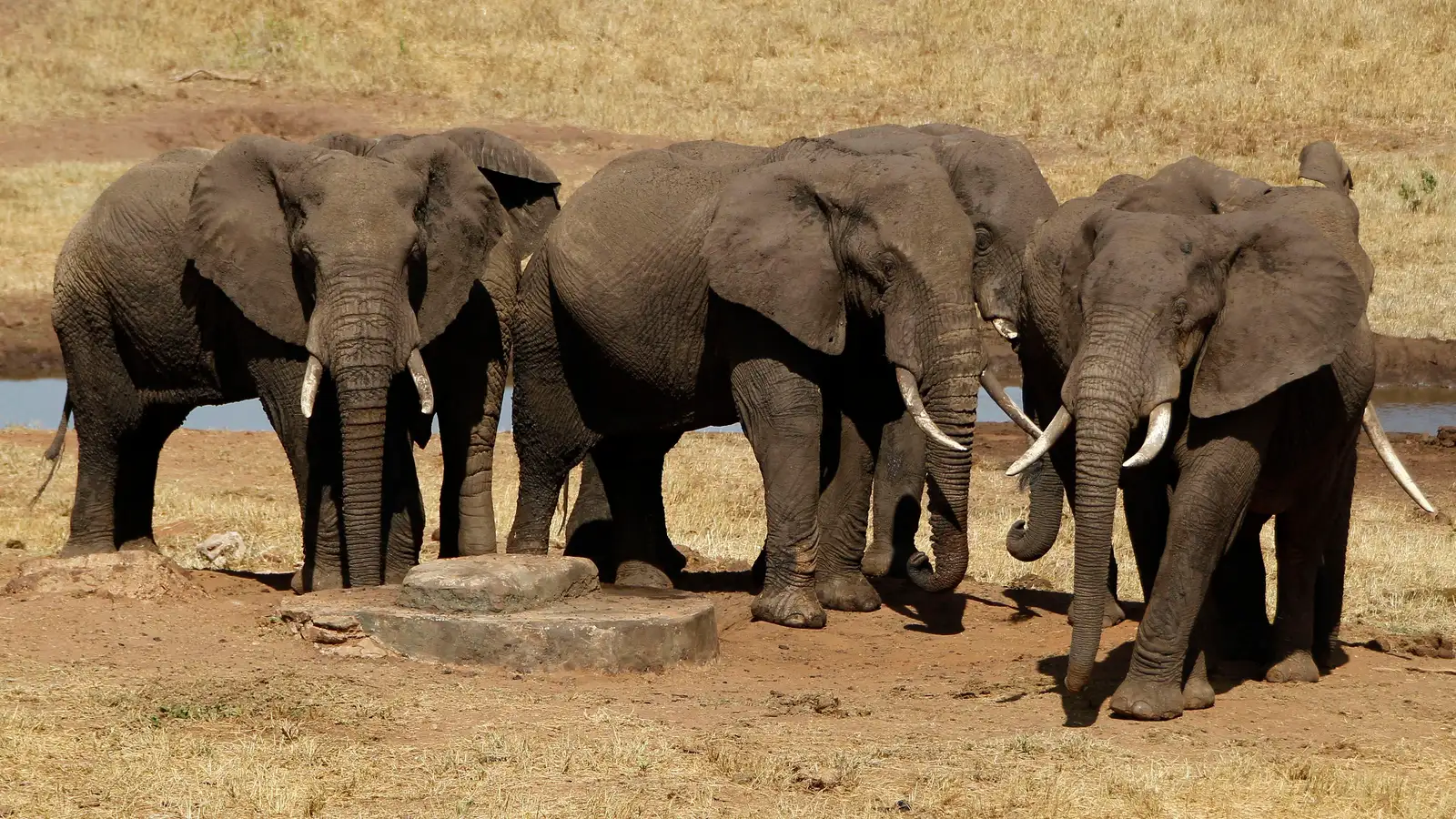Rangers discovered the tusk-less carcasses of five endangered elephants in Kenya’s Tsavo West National Park on July 28th. The elephants, reportedly an adult female and her four offspring, had been killed by poachers the previous evening—a crime even more brazen and damaging than the recent murder of a beloved Zimbabwean lion named Cecil.
Officials from the Kenya Wildlife Service (KWS) arrested two of the suspected poachers, who they say are Tanzanian.
Elephant populations in Kenya, Tanzania, and Mozambique are shrinking quickly because of poaching, which is driven by the international market for ivory—which has made the trade an alleged source of funding for terrorist groups like al-Shabab.
Tanzania has lost nearly 60% of its elephants since 2009, and in 2013 a prominent naturalist warned that Kenya’s wild elephants could be completely gone by 2023.
Lions are also endangered, but African elephants are under a much greater threat of extinction at the hands of humans, due to an unquenchable demand for ivory. Trophy hunting, while deadly for Cecil, is ultimately less of a threat to lions than habitat loss, conservationists say.
The world may be justifiably outraged over Cecil’s death at the hands of an American trophy hunter. But ultimately our inability to protect elephants—along with the white rhino, which is prized for its horn—is an even larger human failure.
